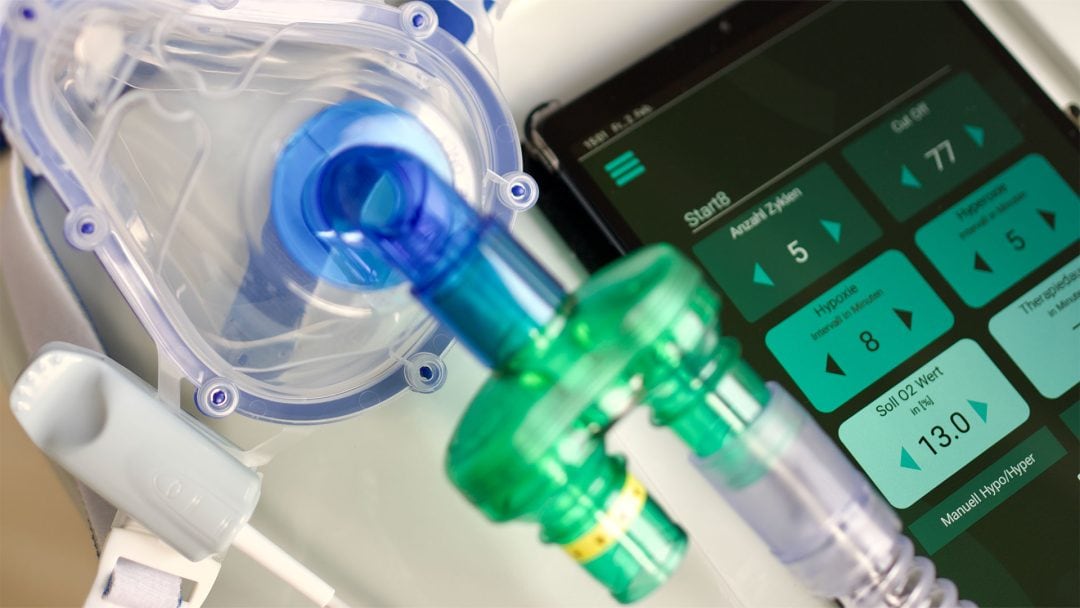IHHT

IHHT is a special cell training program that increases the number and functionality of mitochondria. For this purpose, the cells are alternately exposed to a lack of oxygen and an excess of oxygen – therefore IHHT stands for Interval Hypoxia-Hyperoxia Therapy.
The change in the oxygen saturation of the blood causes weakened, less than ideally functioning mitochondria to die off and be replaced by new, more efficient ones, which can significantly improve the body’s energy balance and regeneration.
In addition to the quantitative and qualitative optimization of the mitochondria, various genetic regulations also occur. IHHT leads to an increased formation of red blood cells (erythrocytes) and various growth factors, as well as an improvement in the detoxification system.
IHTT is also used to fight off various chronic infections, as many pathogens are weakened or die when the oxygen concentration is increased.
Med. pract. Dana Hreus M.A.
We integrate IHHT into our comprehensive approach to facilitate swift patient recovery.

Further information
Further information intended to give a better overview of the topic.